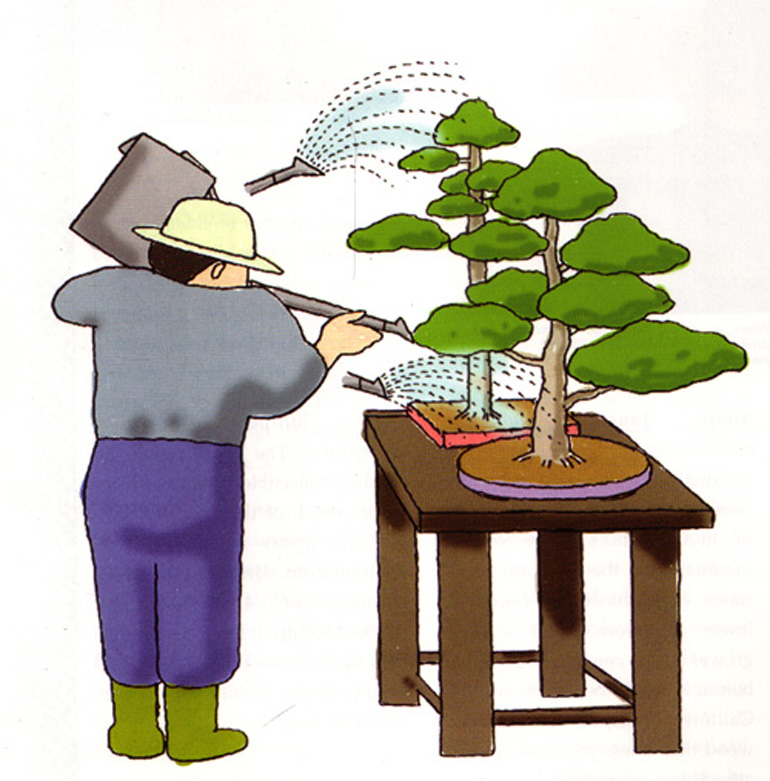 This drawing is from our Masters' Series book; Junipers, Growing & Styling Juniper Bonsai.
This drawing is from our Masters' Series book; Junipers, Growing & Styling Juniper Bonsai.
This is at least the fifth time we’ve featured this post (with some text added and some edited), but spring is here for many of you and summer is coming, so the time is right.
I know that many of you have mastered or at least are proficient in the art of watering, but you might be surprised how many people need help. In fact, failure to become proficient in watering is no doubt the single most common reason people give up on bonsai. So, don’t give up. Learn to water! Bonsai is fun and a deeply rewarding endeavor.
Without timely, intelligent watering, any plant in a container is at risk. The more you know about watering, the better. BTW: A perfect complement to this post is a post about summer misting (hamisu) by Michael Hagedorn.
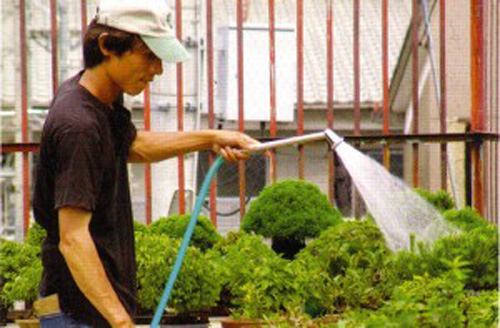
Photo from Shohin Bonsai by Morten Albek.
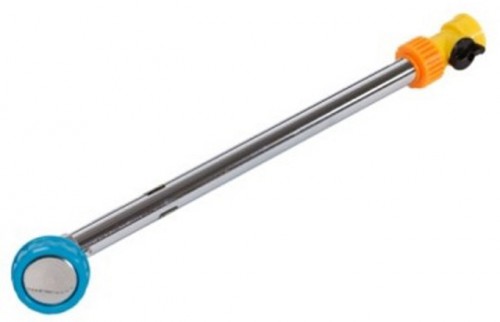
A good watering wand is a must. Especially if you have lots of trees to water.
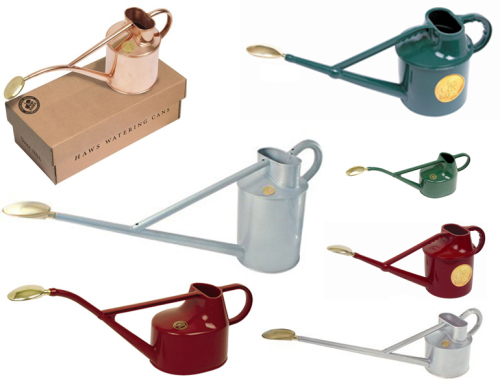 A good watering can is a valuable tool if you grow indoor bonsai and very useful if you only have a handful of outdoor trees.
A good watering can is a valuable tool if you grow indoor bonsai and very useful if you only have a handful of outdoor trees.
Over the course of my thirty plus years working with bonsai the thing that most amazes me is how little some people know about watering (it has gotten better over the years, but still…). Brown thumbs abound.
One of the traits that people in the brown thumbed tribe share is a desire for easy answers. Don’t confuse me with valuable information, just tell me what to do. Or, in other words how often do I water? But this is the wrong question. A better question would be how do I know when to water?
The simple answer is water when the soil is dry. Not bone dry, but almost completely dry to the touch. There are exceptions of course, based mostly on common sense, but this will work in most cases.
Just a little plant science can go a long ways. Plants absorb most of their water and nutrients when the water content of the soil is 20% to 50% of the available space (25% to 10% of the total space including the soil).
Available space is the space in the pot that is not taken up by solid matter. In other words, it is the space that can accommodate water and air. This space is found between soil particles and in pockets, holes and cracks within soil particles. Optimal available space for most bonsai is around 50% (with soil particles taking up the other 50%).
If you water thoroughly, the water washes all the air out of the container. At that moment the water content is 100% of available space. If your soil drains properly, excess water will run out immediately and the available space will contain a mixture of water and air.
Ideally, you want this mixture of water and air to quickly reach around 50% water and then slowly dry down to about 20% water in the available space. In other words, you want soil with excellent drainage and with good water retention at the optimal levels.
How long soil holds water at optimal levels depends upon all kinds of things: your soil mix, size and type of pot, sun, heat, wind, temperature, time of year and health of the plant, to name a few. This goes back to that mistaken question, “how often do I water?” Rather than the better question, how do I know when to water? You water when the soil is almost dry (and you drink when you’re thirsty).
Just a heads up. Nothing dries soil faster than hot sun and wind. Especially together. So be careful. Sometimes it’s better to err on the side of more (and sometime less). This is where common sense comes into play.
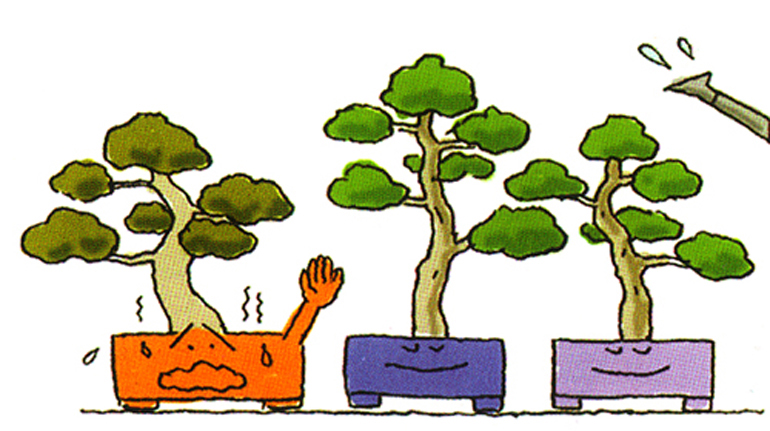
Trees don't necessarily dry down at the same rate. Skip the ones that are still wet and water the ones that are dry or almost dry.
Soak thoroughly when you water. In order to dispel all the old stale air and to assure the soil is thoroughly watered, make sure you really soak the soil whenever you water.
Then wait until it’s almost dry to water again. To assure that the water/air mixture goes through the optimal range for water and nutrient retention, wait until the soil is almost dry before you water again (there are occasional exceptions, but that’s for another time).
Soil is key. So, for the two of you who have read this far, it should be clear that good soil is one of the keys to bonsai health. Without complicating matters by going into the numerous soils on the market, if the soil you are using doesn’t allow for good drainage while providing some water retention at optimal levels, then it’s time to try a better soil.
Though some people say there are as many soil mixes and there are bonsai growers, here in North America many growers are using soil mixes that contain lava and pumice. Akadama from Japan is also popular. A little research into what other bonsai enthusiast in your area are using is a good idea.
Okay. After all that work, it’s time for a commercial….
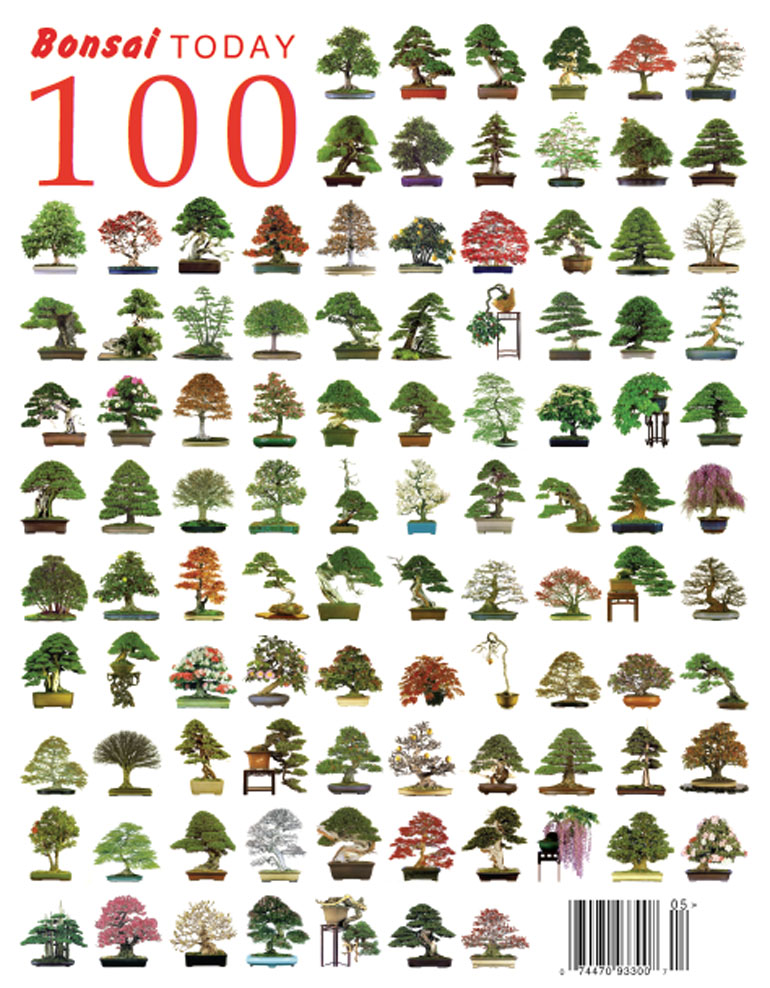
25% off back issues of Bonsai Today
as of yesterday, we had every single issue of Bonsai Today in stock
all 108 issues
of one of the most valuable bonsai resources in the English language
plus FREE Shipping on U.S. orders 59.00 or more
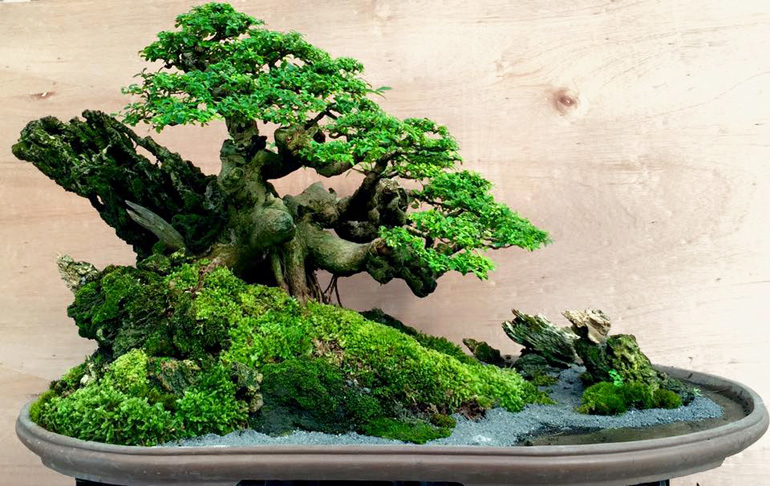
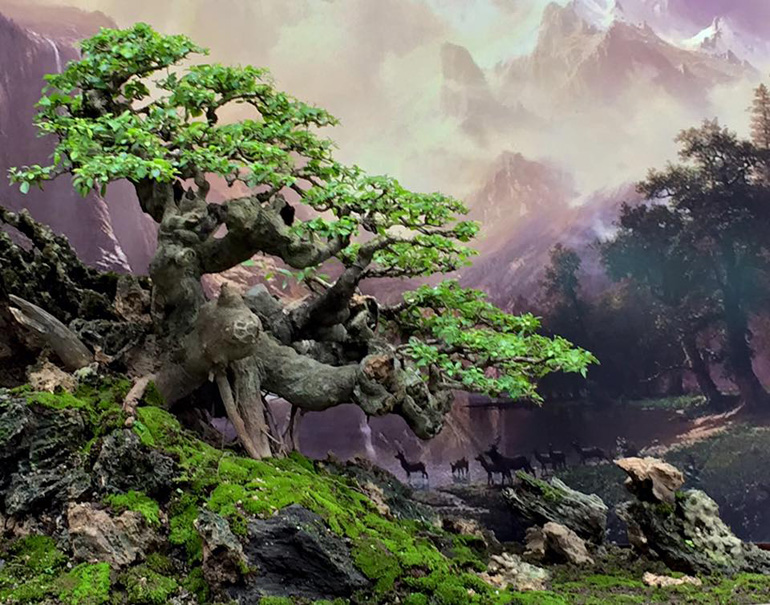
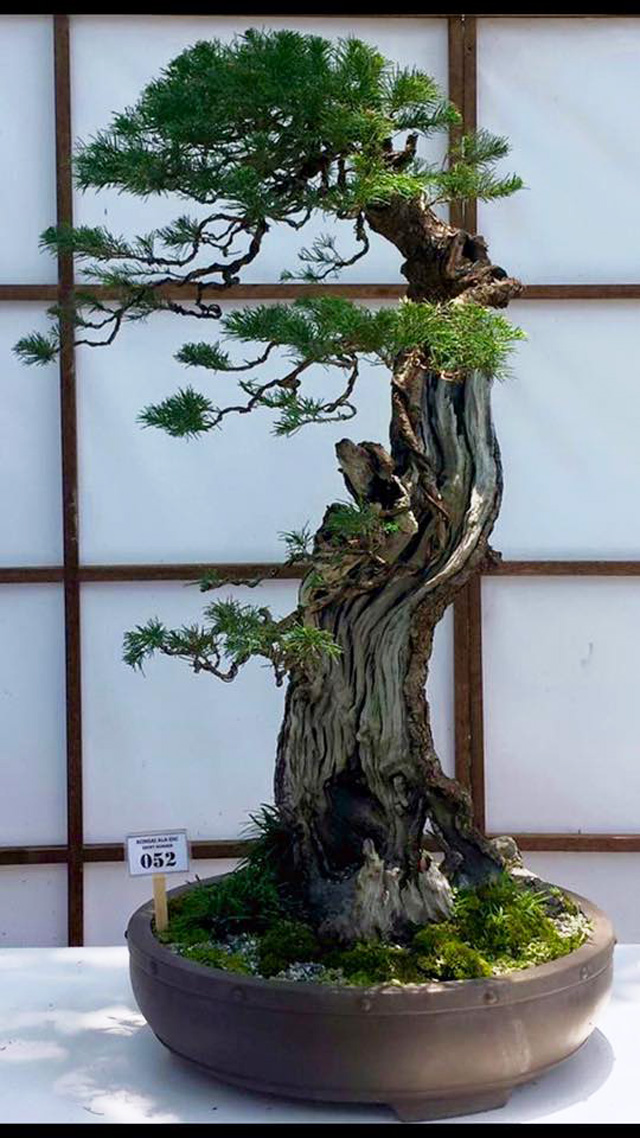
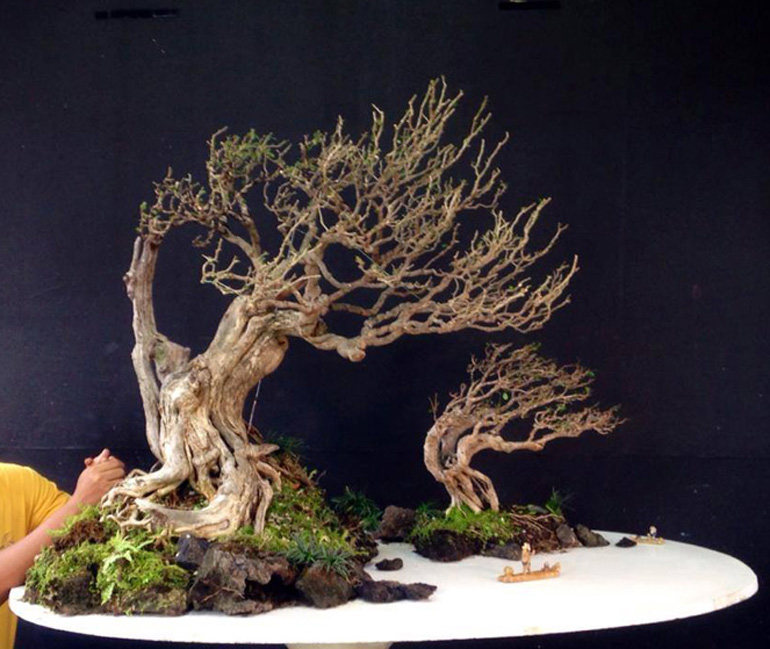
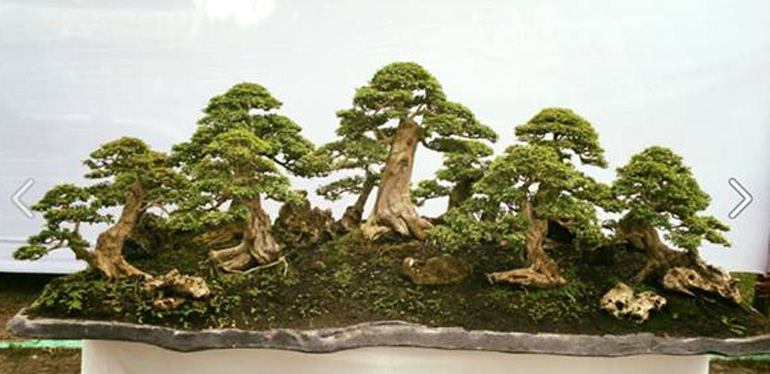
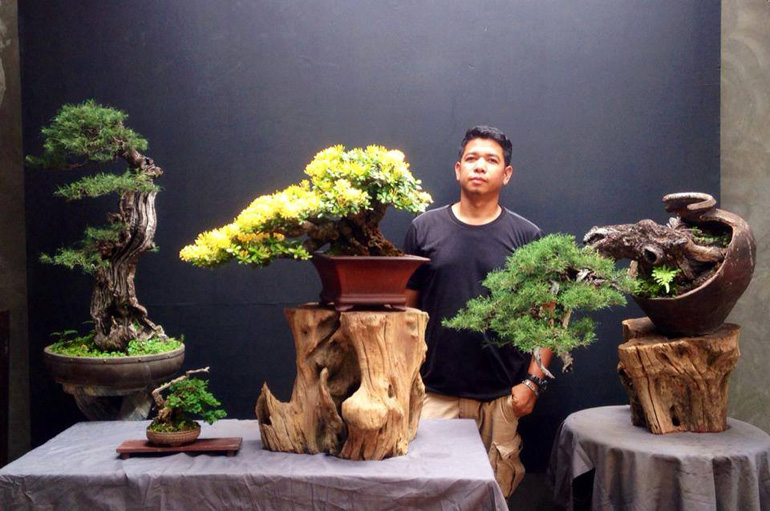
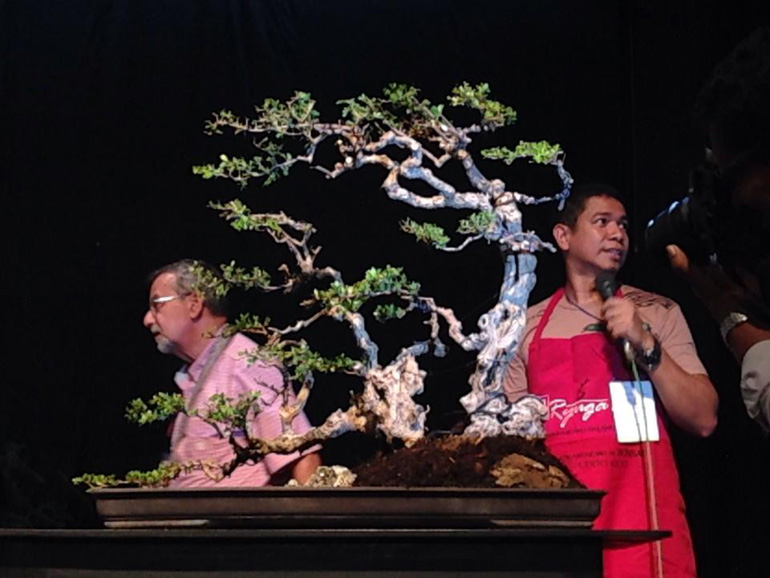
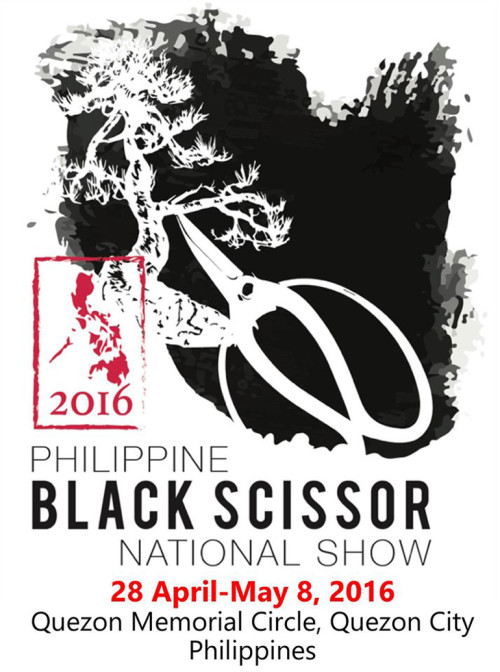

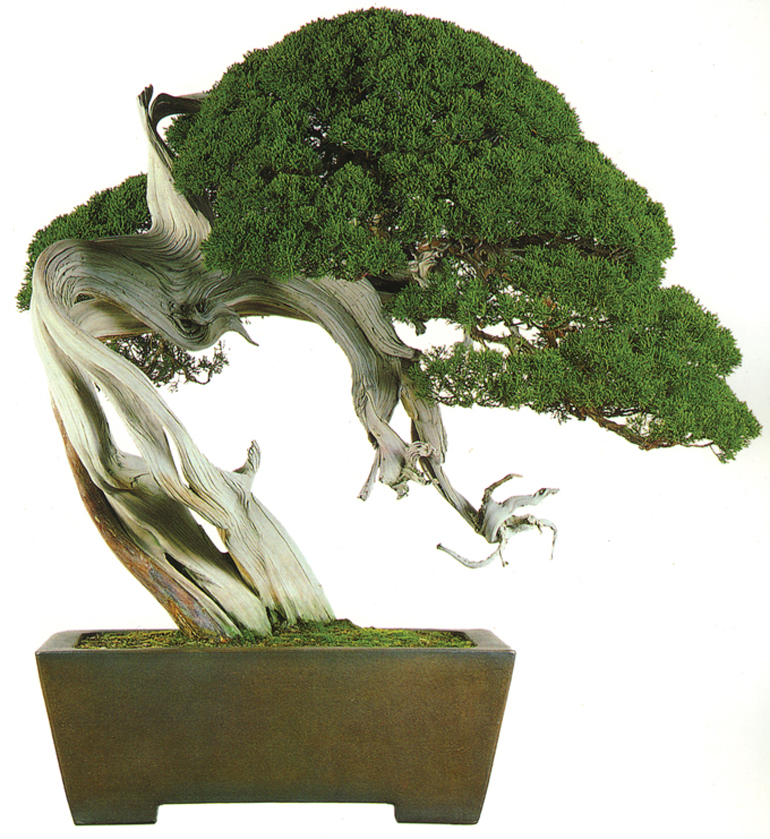
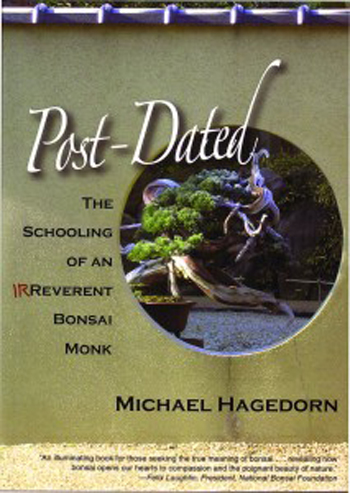
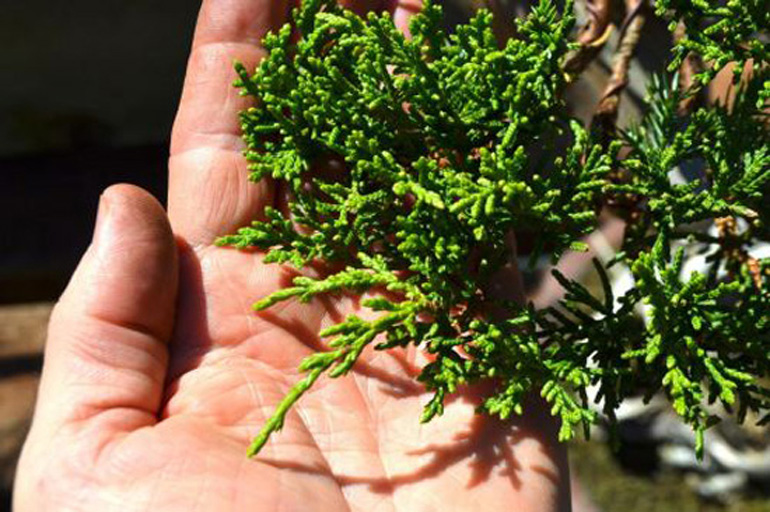
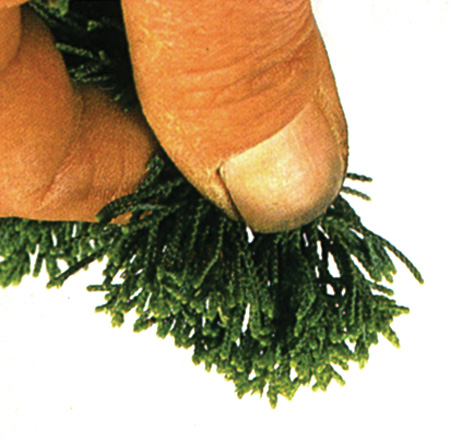
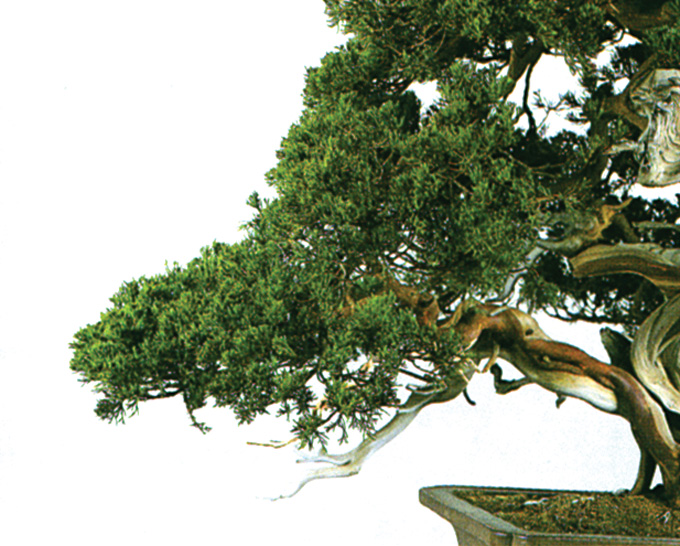
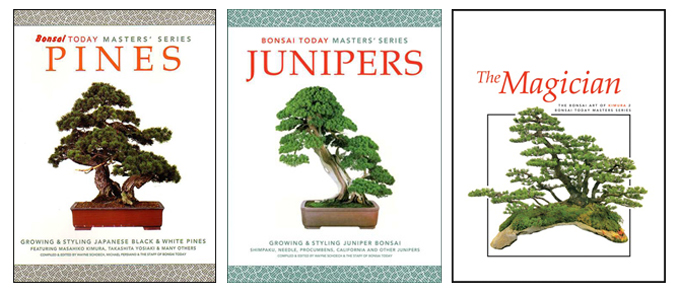
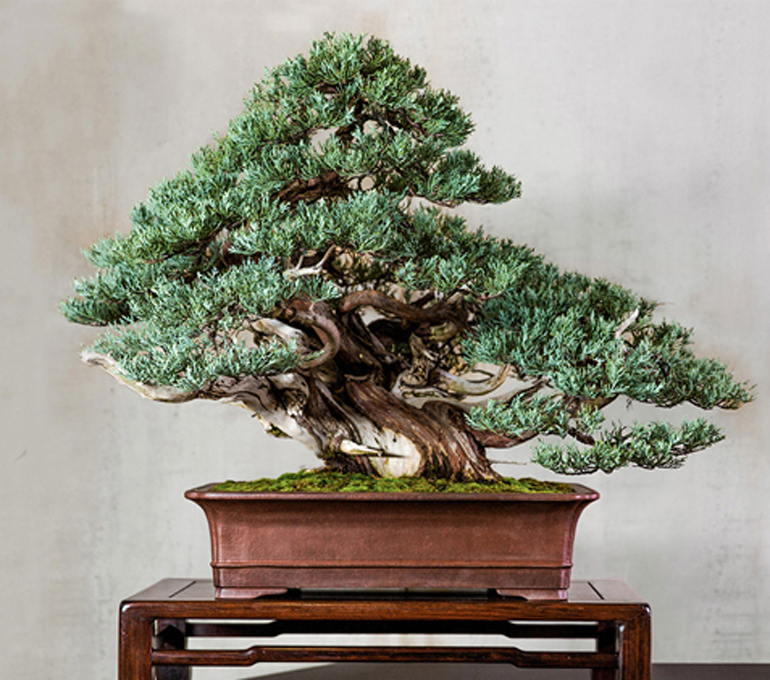
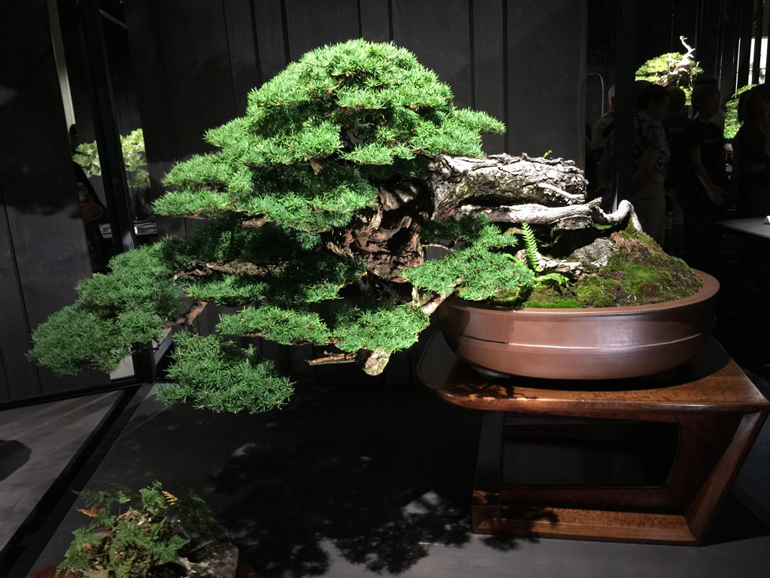 Eric Schikowski’s collected Mountain Hemlock was one of my favorites. It was also Peter Warren's first choice (Peter was one of the judges), though it wasn't awarded one of the three prizes (actually four; there were two third place winners). I borrowed this photo and the one below from Eric Shrader's PHUTU blog.
Eric Schikowski’s collected Mountain Hemlock was one of my favorites. It was also Peter Warren's first choice (Peter was one of the judges), though it wasn't awarded one of the three prizes (actually four; there were two third place winners). I borrowed this photo and the one below from Eric Shrader's PHUTU blog.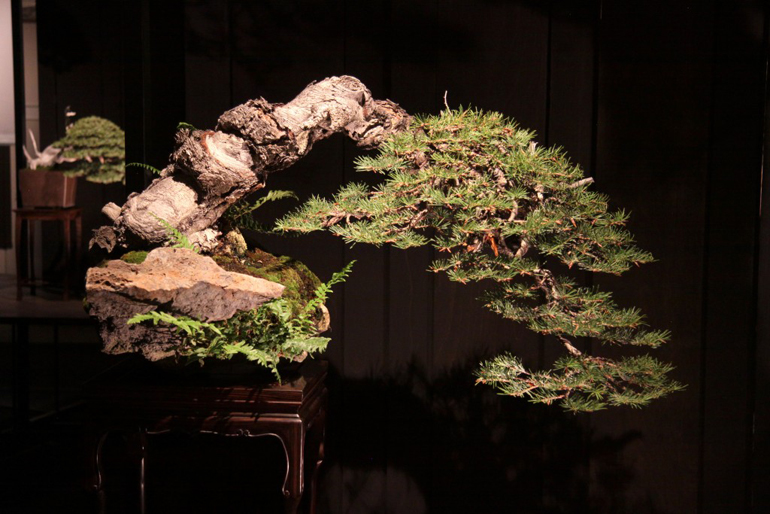 Here's another one my favorites, and though it didn't place in the top three, it was Colin Lewis's first choice (Colin was one of the judges). It's a Doug fir that belongs to Doug Paul (sorry, couldn't resist).
Here's another one my favorites, and though it didn't place in the top three, it was Colin Lewis's first choice (Colin was one of the judges). It's a Doug fir that belongs to Doug Paul (sorry, couldn't resist).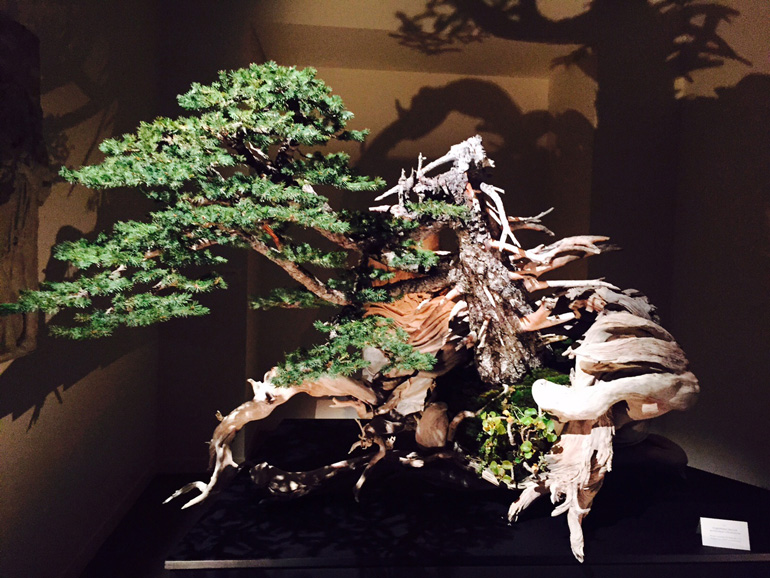 Ryan Neil's massive Engelmann spruce (Picea engelmannii). This (pick your adjective) tree was not part of the bonsai display area, but rather sat alone in an inner lobby that you passed through on the way out of the display area. There's no way that you can appreciate just how massive it is, and though I didn't think to pace it off at the time, by memory (a risky proposition at best), I'd reckon that it must be about six or seven feet (approx 2 meters) across.
Ryan Neil's massive Engelmann spruce (Picea engelmannii). This (pick your adjective) tree was not part of the bonsai display area, but rather sat alone in an inner lobby that you passed through on the way out of the display area. There's no way that you can appreciate just how massive it is, and though I didn't think to pace it off at the time, by memory (a risky proposition at best), I'd reckon that it must be about six or seven feet (approx 2 meters) across.
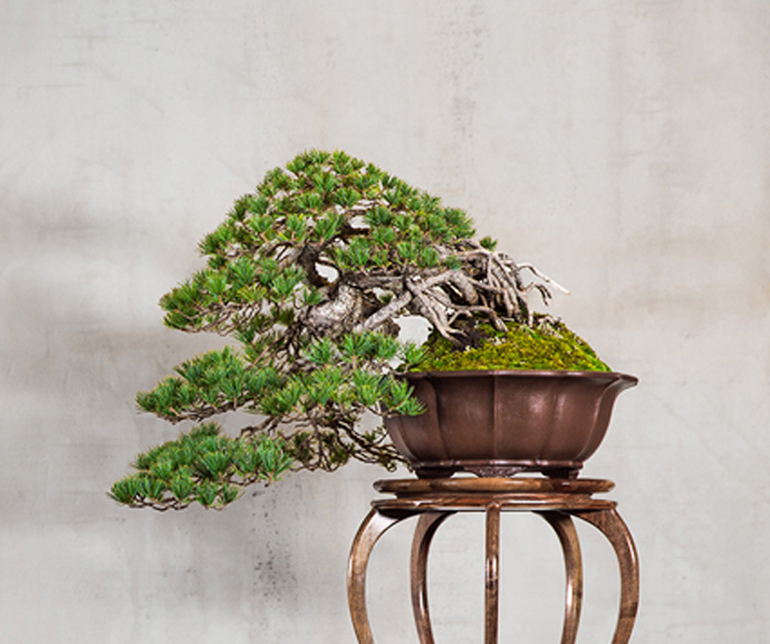
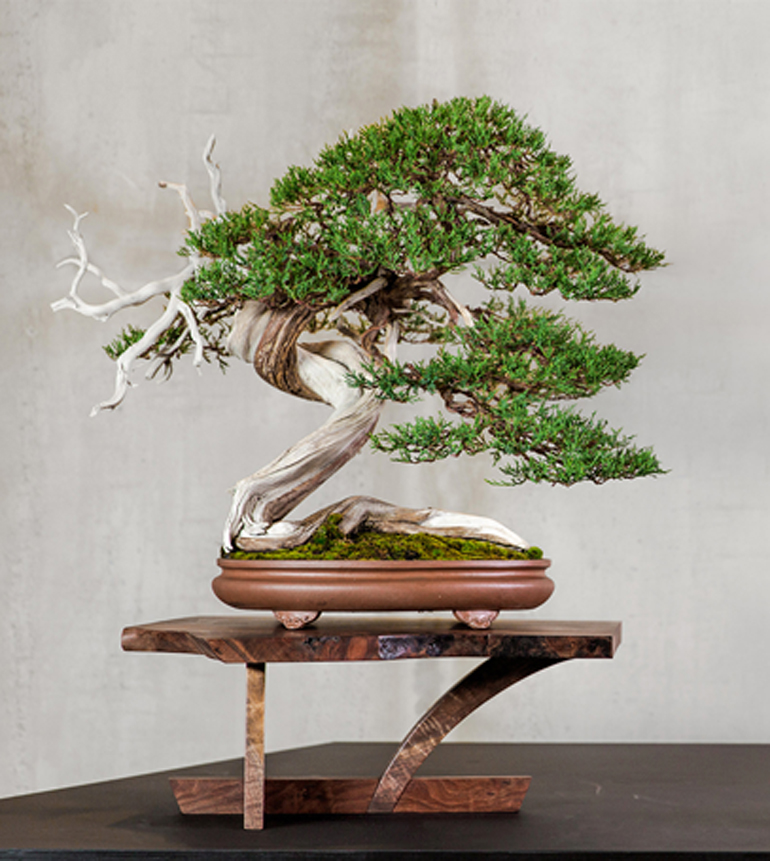
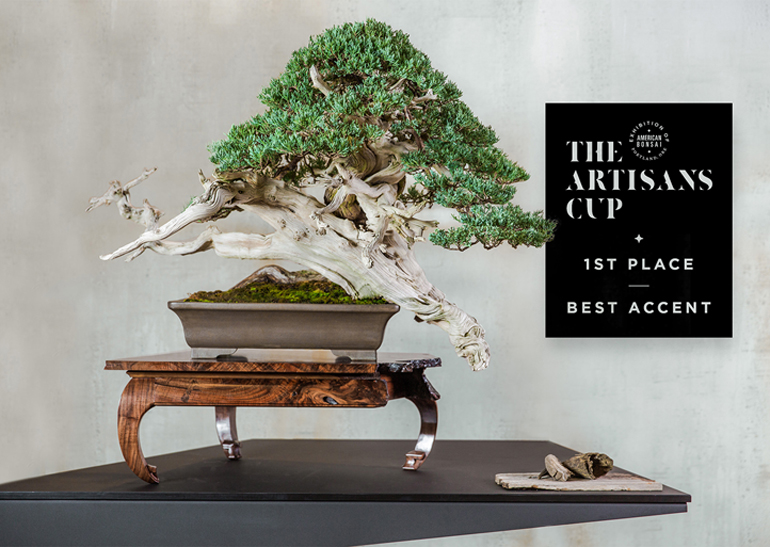
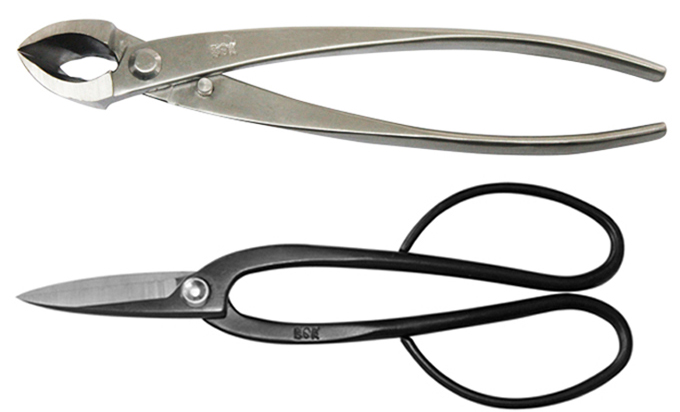
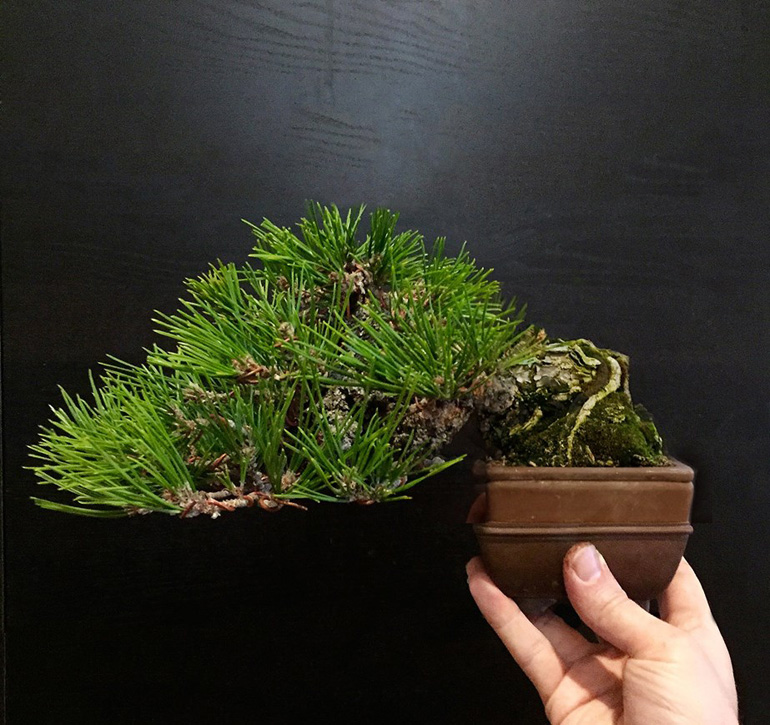
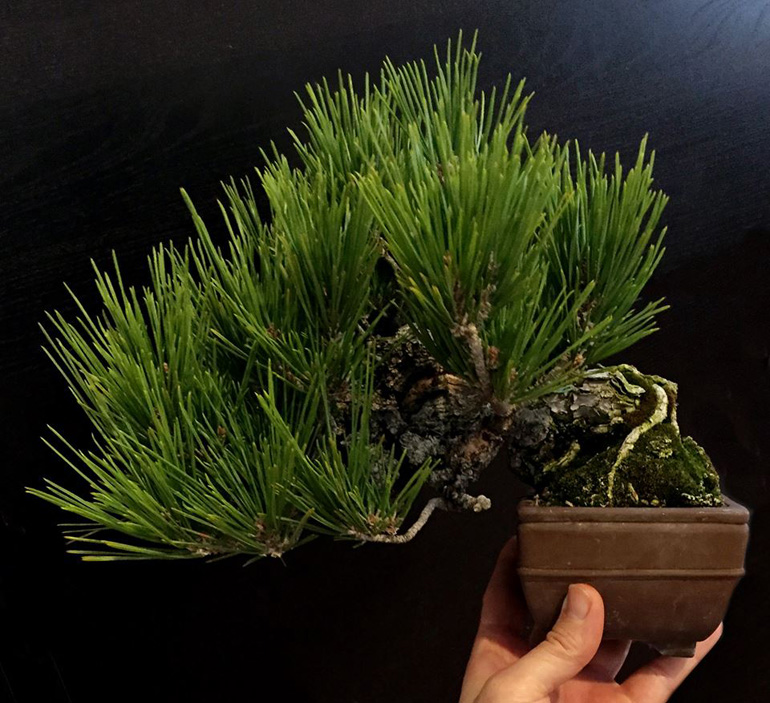
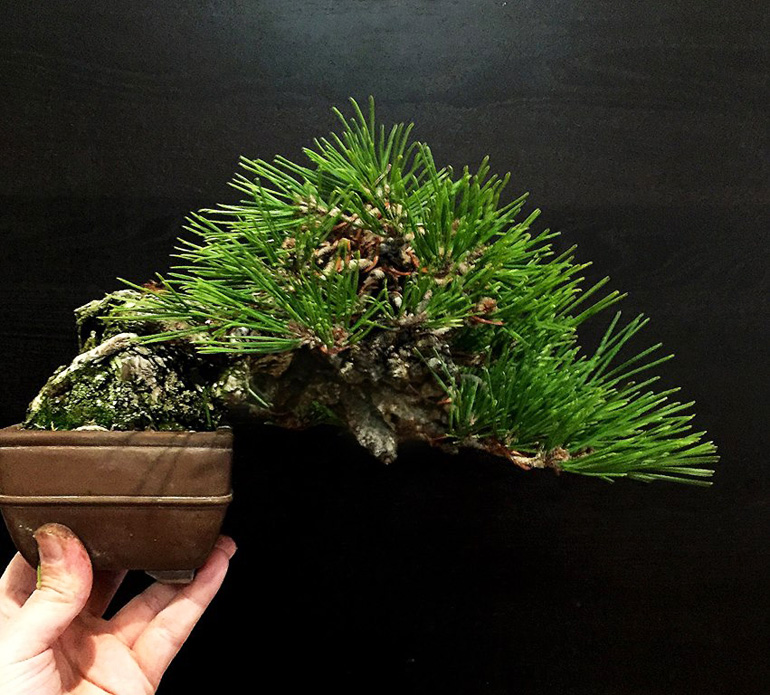
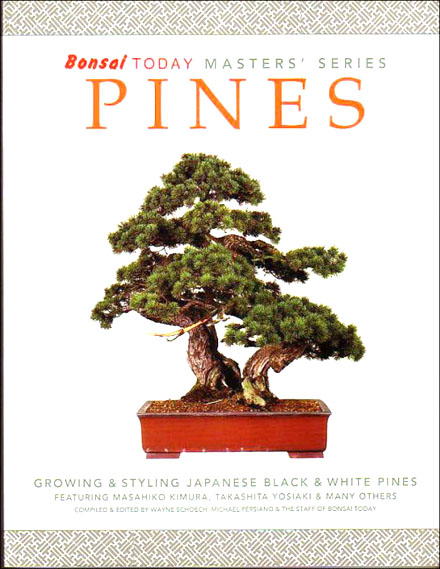
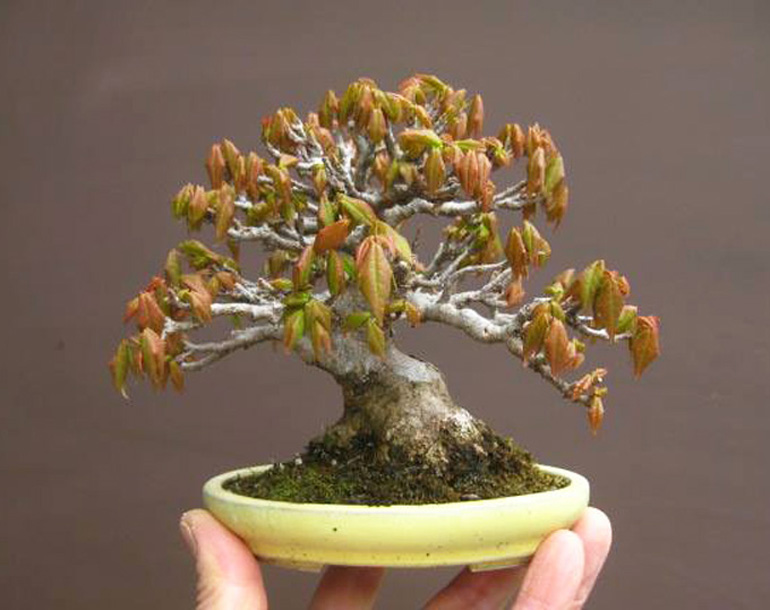 There are few things more delicate and beautiful than fresh spring Maple leaves (Trident maple in this case). This exquisite tree and exquisite pot are perfect expressions of the artistry of Haruyoshi.
There are few things more delicate and beautiful than fresh spring Maple leaves (Trident maple in this case). This exquisite tree and exquisite pot are perfect expressions of the artistry of Haruyoshi.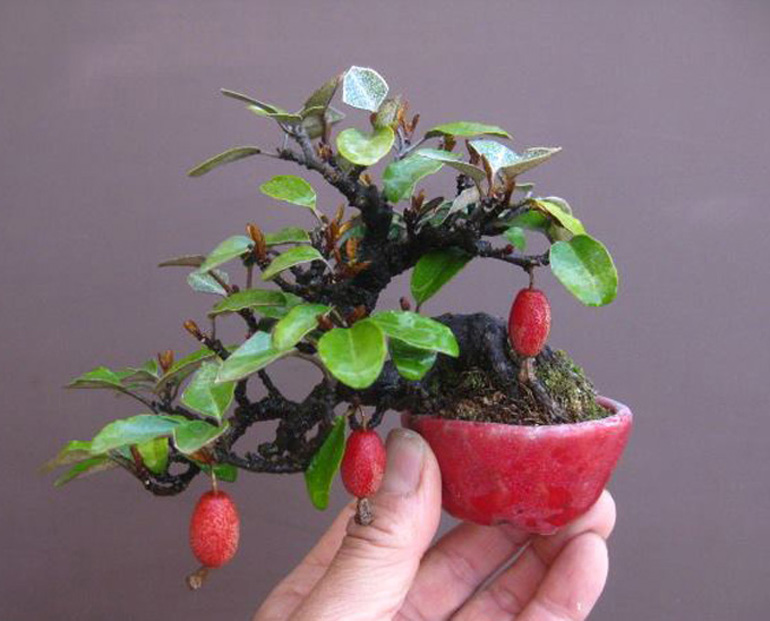 Red on red. In our last Haruyosi post (
Red on red. In our last Haruyosi post (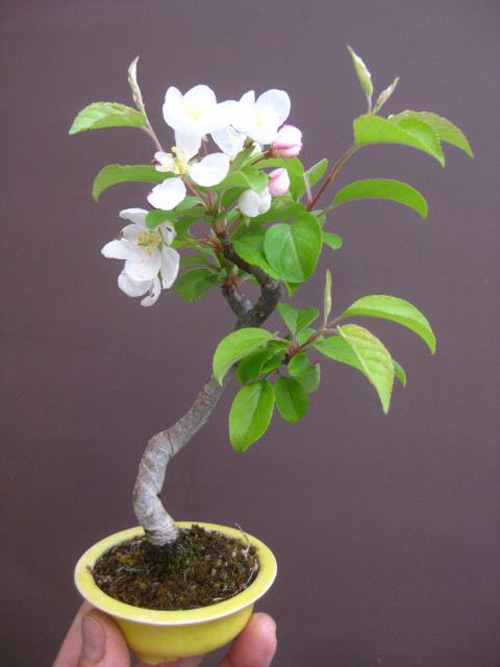
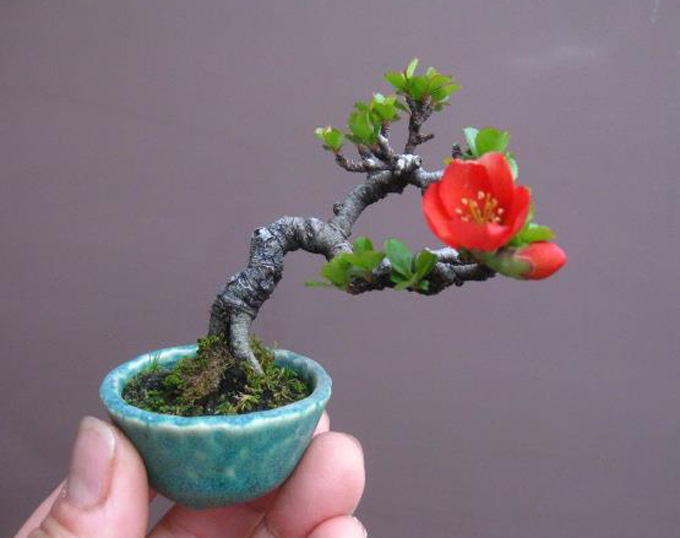
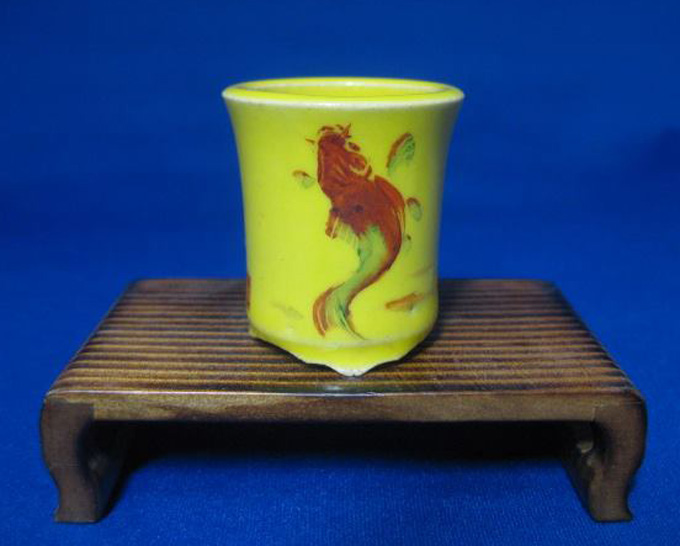
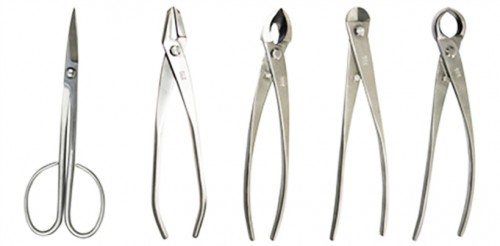
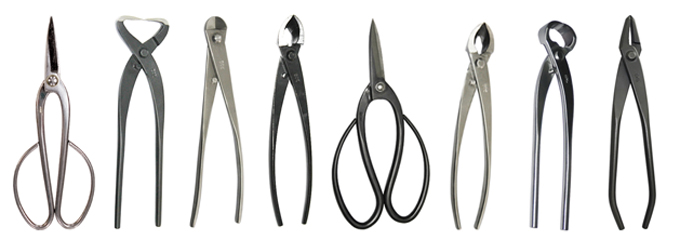
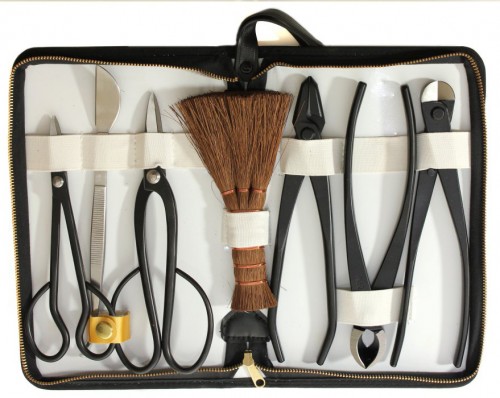



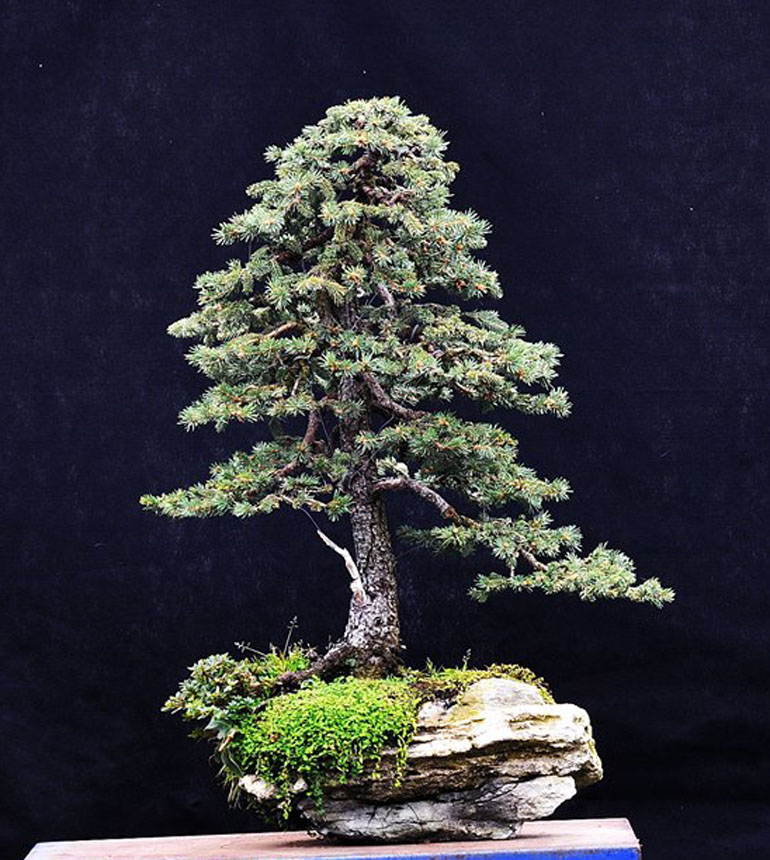
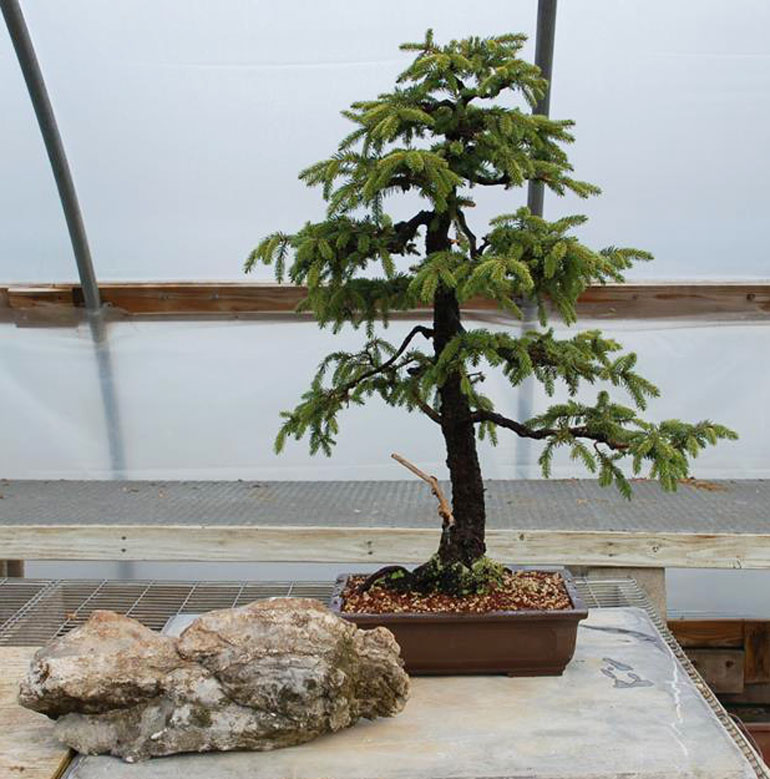
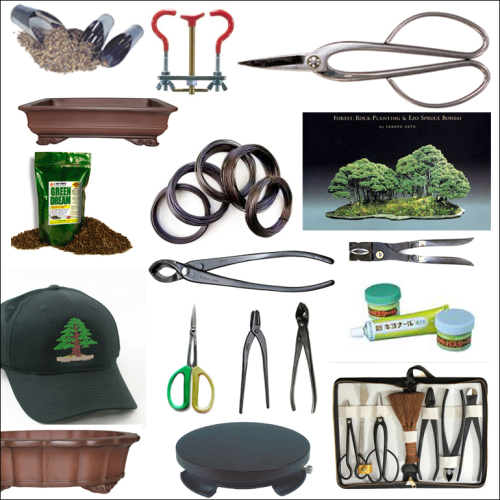
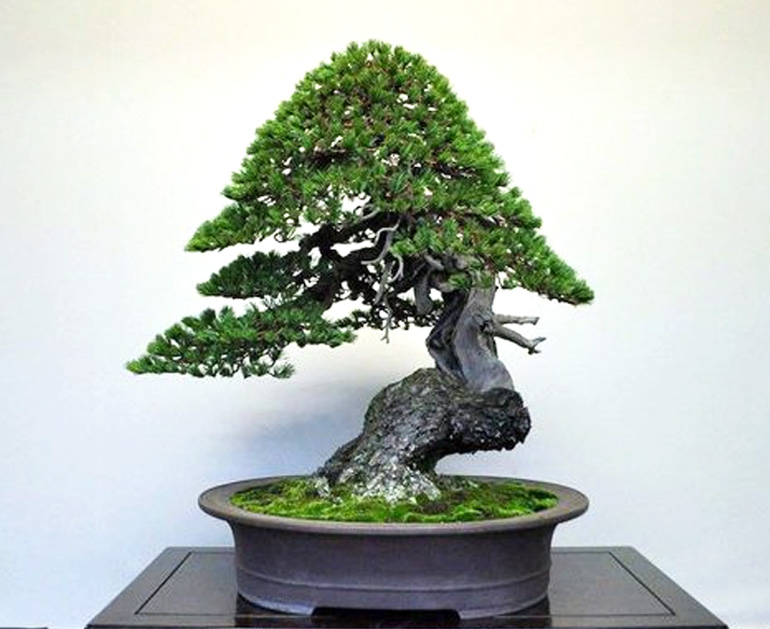
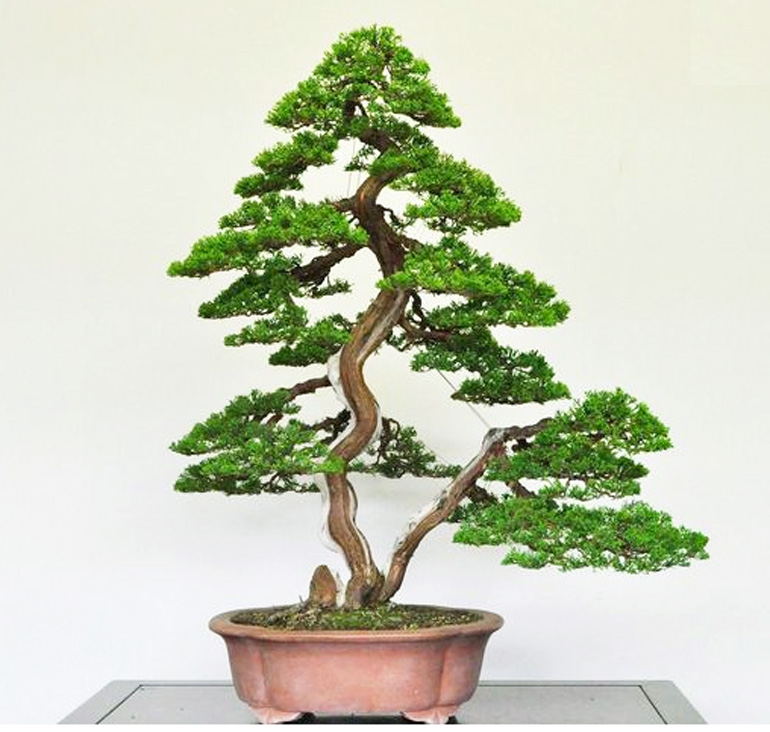
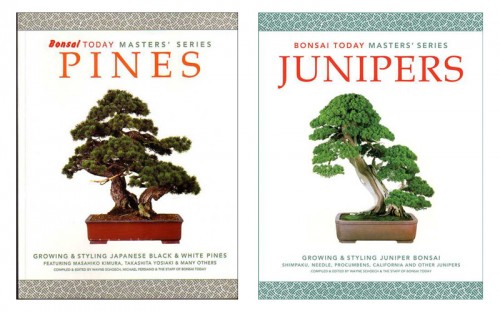 The two trees featured in this post are a Pine and a Juniper
The two trees featured in this post are a Pine and a Juniper This drawing is from our Masters' Series book;
This drawing is from our Masters' Series book; 



